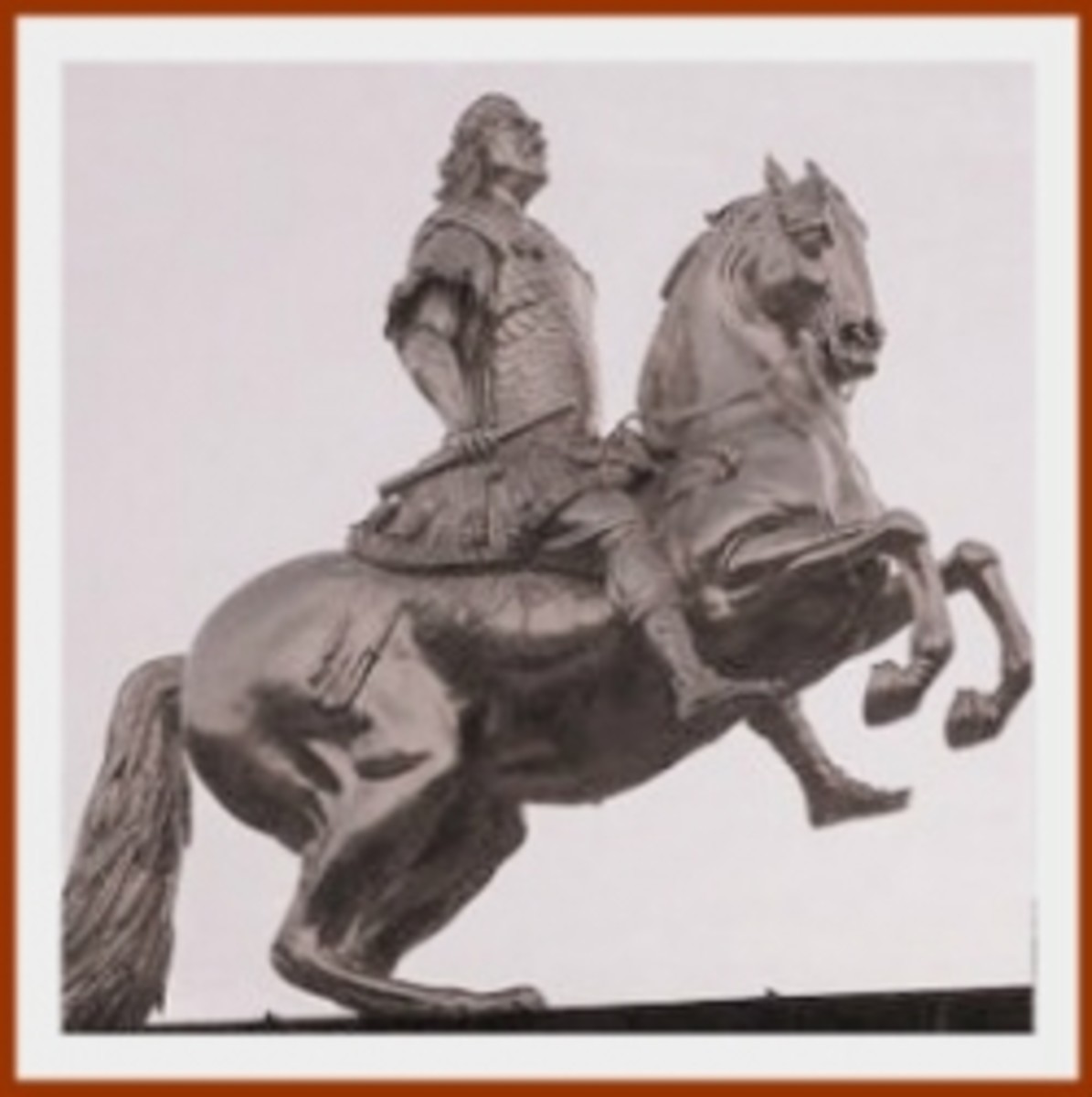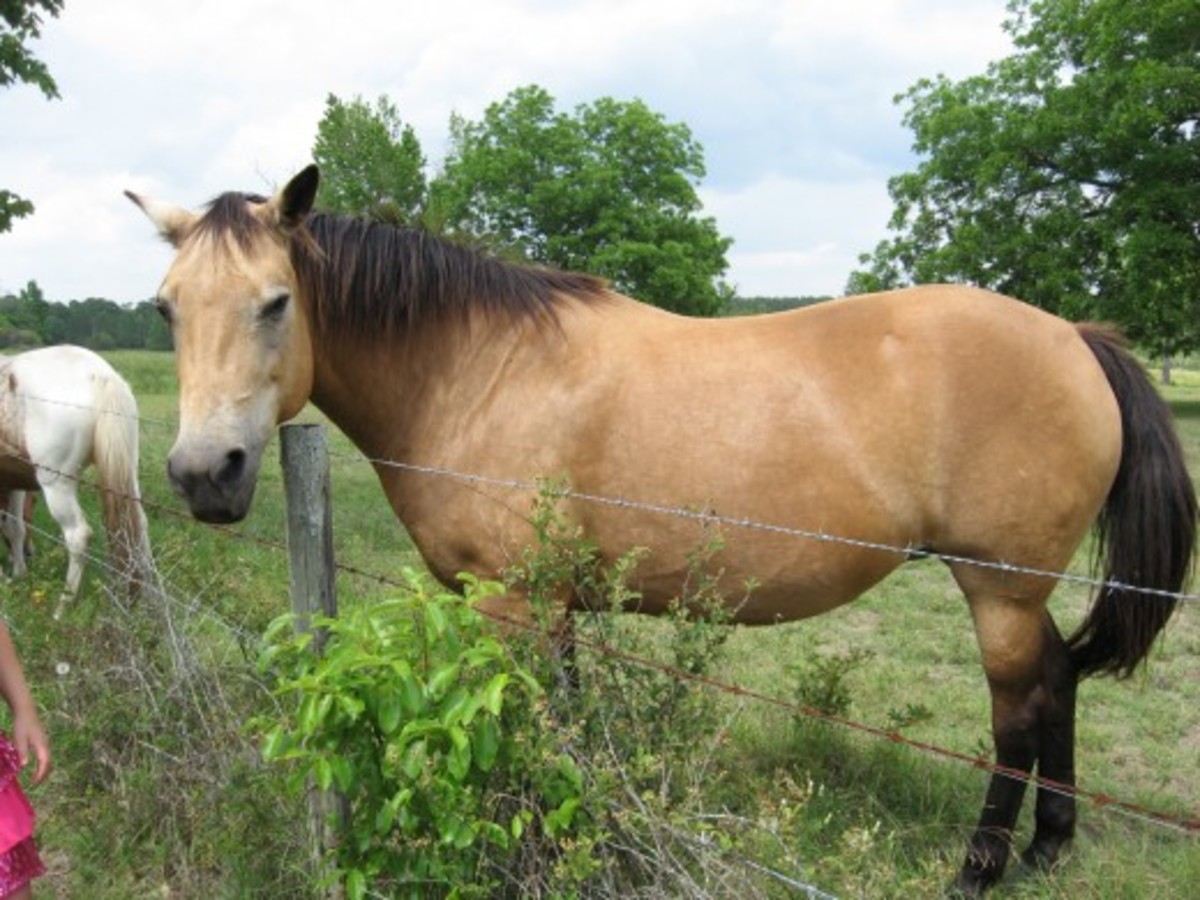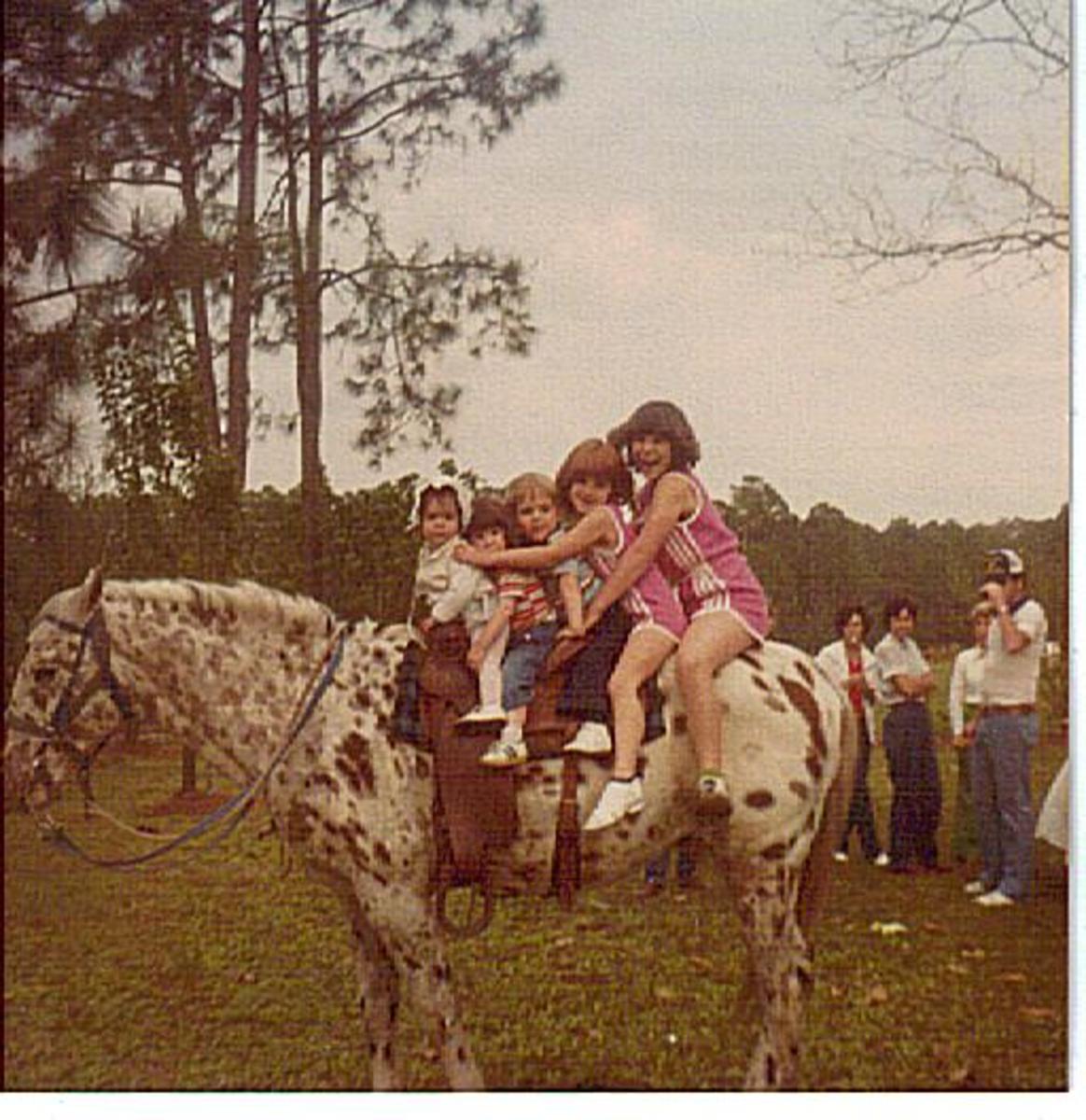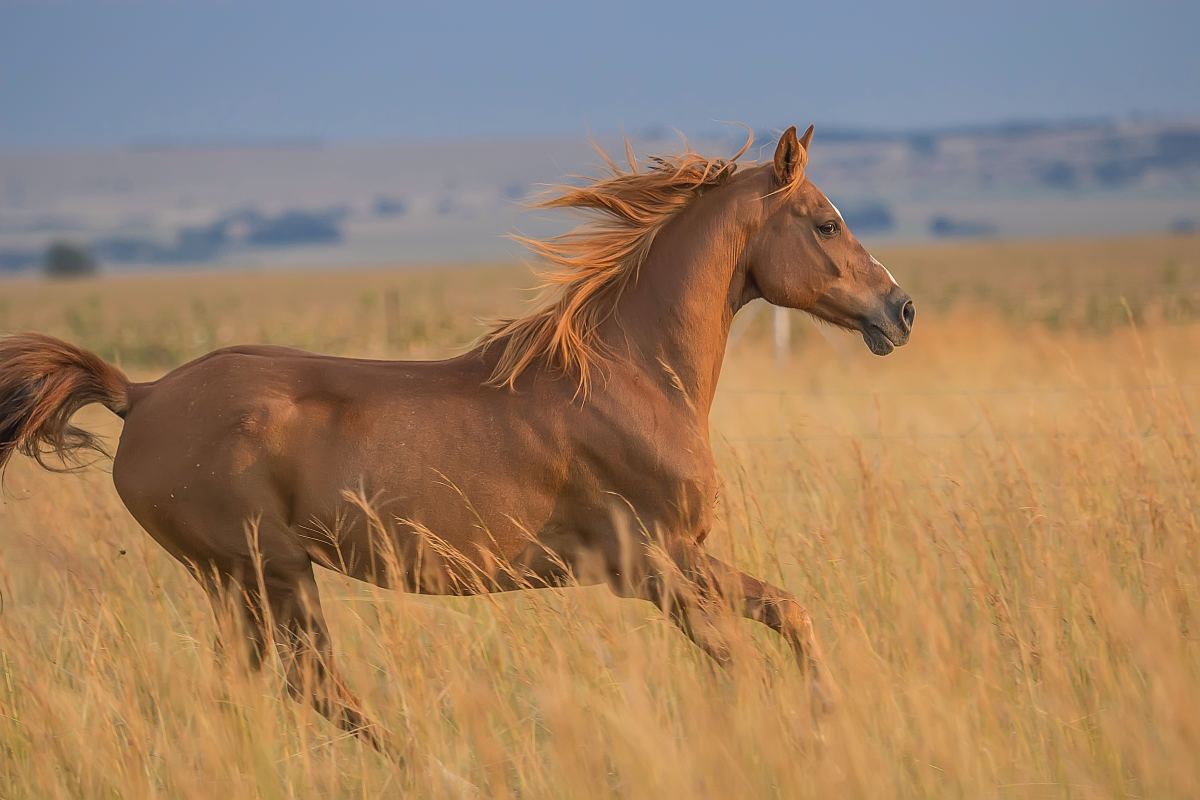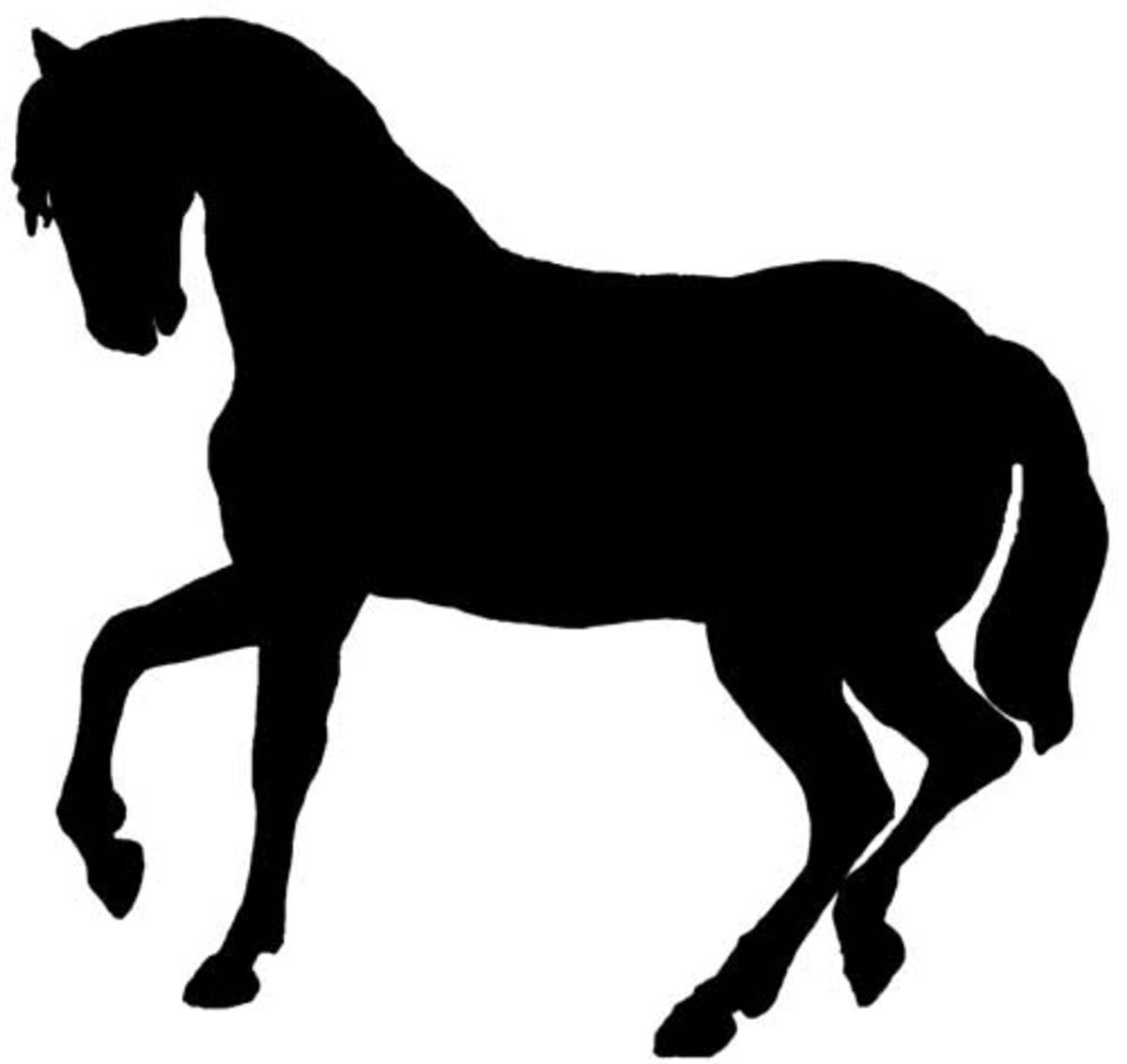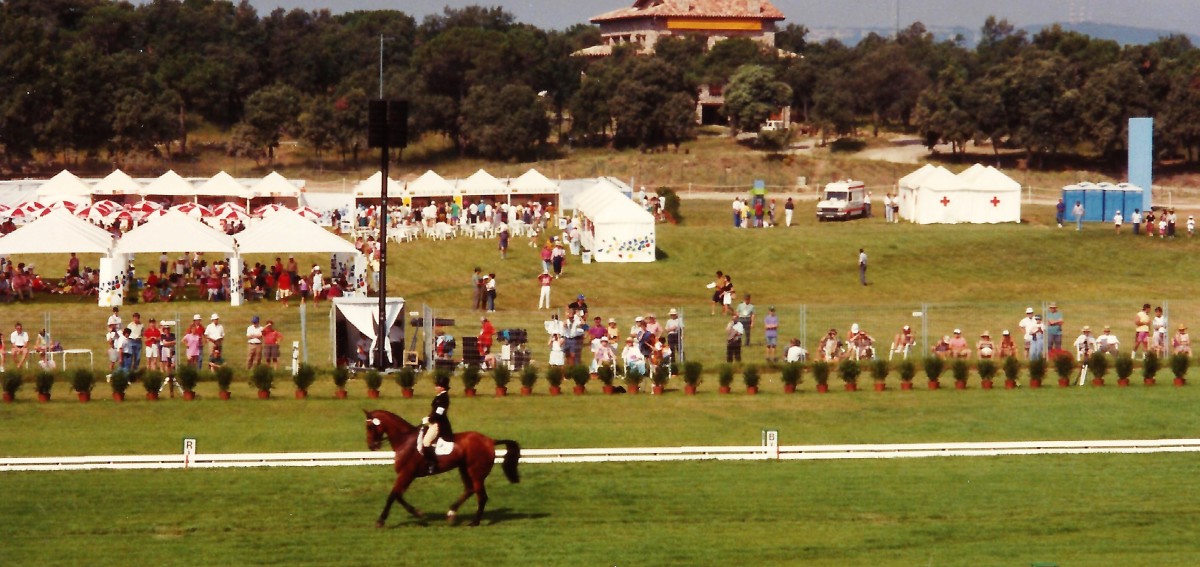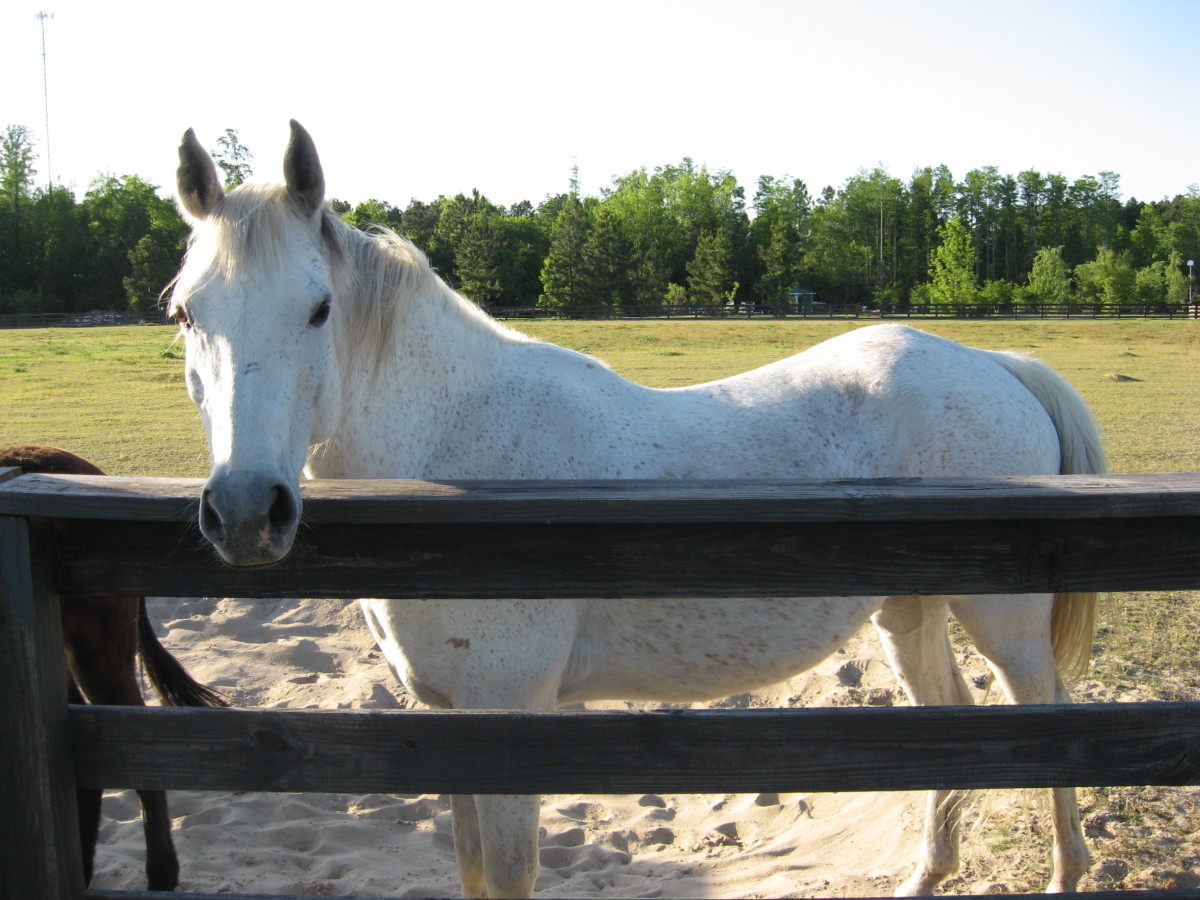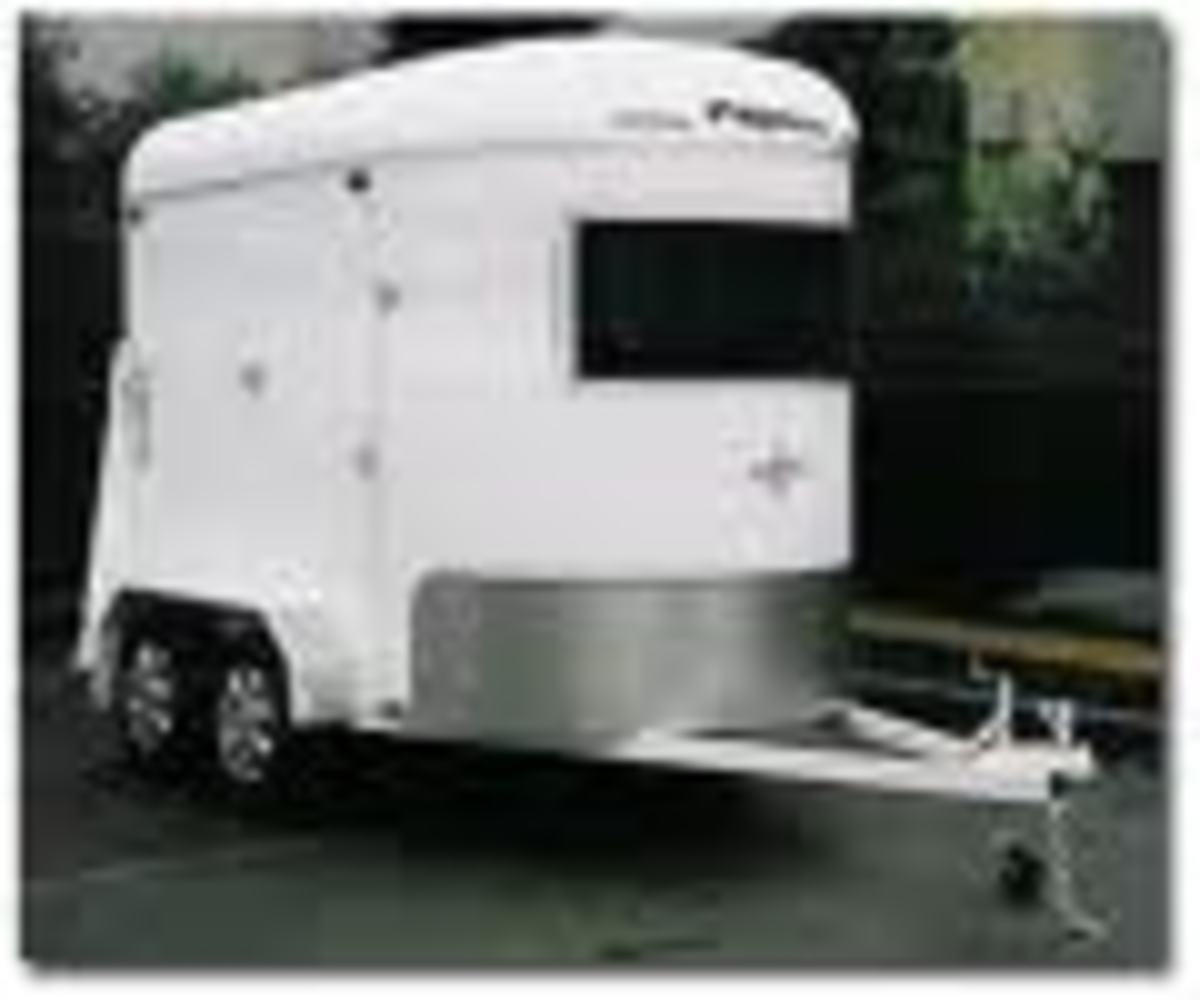Never A Winner But Always My Champion. A Tribute To My First Stallion.
Equality For Horsemanship.
It is the end of a beautiful autumnal day, the daylight is fading and there is a cold nip in the air. Walking along the last 500 yards down the lane, whilst trying to be as quiet as a church mouse, I gaze upon the last of the rose-hips, no longer red shining berries as they are all now turning grey.
The blackberry bushes temptingly offering the last of their summer fruit harvest are ripe for the picking and I notice some are now housing the odd maggot or two. I stand and wonder, do we really eat blackberries? It's very hard to believe we do, watching those little fat white worms eating their way through the blackberry seeds.
The trees are shedding their leaves, some turning the most vibrant colours of rust and yellow, whilst the lane, which in summer has grass growing up the centre, is now wet and a little soft under foot. I am approaching the field gate where I stop and listen, I have been heard. Standing to the right of the gate and hiding behind the bushes is the reason I am here, my beautiful blanket spot appaloosa, Blue.
Appaloosa's,are often affectionately known as the horse of many colours, the rainbow horse because of the many colours in their coat patterns. They all have to have the white scelera around the eye, giving it a human appearance and one of seven coat patterns before they can be registered. My stallion stands and waits. He is waiting to be stabled for the night, Coming in out of the cold air to a stable filled with warm comfortable bedding, usually shavings, lovely sweet smelling hay and a bucket of hard feed to satisfy the largest of appetites. It is not surprising that he thinks he is a King amongst horses.
Knowing I have seen him, Blue extends from the bushes stretching tall, muscles rippling down his sides, he holds his head proudly as he calls gently to the geldings in the field opposite.
Now Blue is not the most majestic of stallions, standing at 156cm high (15.2hh). The last of the sun light catches his coat and he stands patiently whilst I put his head collar on. He has a bay forehand, large white blanket with a smattering of black, brown, mahogany, chestnut and dun spots.
He anxiously trots at my side, sounding like a roaring bull elephant, he does what he does best, he is letting the mares know he is approaching. There is no malice in this stallion, just pride, trust and affection. Once in the stable yard Blue stands in front of his stable door, rigid to the spot until he has sniffed the air and checked that all the mares are stabled for the night, then like a lamb follows me quietly into his stable, where he gets down to roll in the lovely white shavings.
He dashes to the stable door for another sniff before settling quietly to eat his feed. I stand and look at him and know he does not look like a stallion. Although Blue has never won many championships, money or titles, he has done better than that by being an excellent ambassador for his breed.. His temperament has won him many admirers from polo feeding, adoring people.Whilst other stallions stand and misbehave at the stallion parades, Blue stands nuzzling pockets before showing his paces in hand and under saddle.
He has bred some stunningly beautiful foals who have gone on to be very successful in all disciplines of competition in Ireland and England, and still remain in demand as grandchildren of Blue's are now competing to the same standard.
I admire all those majestic competition stallions, where years of hard work and dedication have gone into producing them, but as I watch Blue in the field sometimes playing football with my son, I wouldn't change a thing.
Blue plays hide and seek with anyone who has the time and wants to keep him company. He shadow boxes with the cattle, and as my son sometimes rides him in from the field bareback, I stand and look on in pride. Craig and Blue grew up together, the bond is so close and like brothers they protect each other.
I love to take a book into the field on a warm summers day and sit and read whilst Blue shades me from the son, dozing and enjoying the company, only the flies landing on his coat annoys him. I feel so special to have been chosen by this beautiful equine as a companion.
It is amazing to be aware that this horse could easily live up to the reputation of many a stallion before him, and could take my life in one move if he wanted to. The time I spend with him is precious, and although I have been offered thousands of pounds in the past, Blue will never be for sale. He is irreplaceable to his breed but more so to me, he is my baby and in my hands is the gentlest horse you could ever meet.
THE WHITE SCLERA, THE HUMAN EYE.
Although this very distinguishing feature is attributed to the Appaloosa horse, many other breeds of horses will show signs of it to. For many people it has been thought of as an evil eye, and they can be convinced that the horse has a bad temperament. However, in my experience this is far from the truth.
COAT PATTERNS.
1. Leopard (spots of one or more colours all over the body)
2. Near Leopard, (usually a dark forehand and lower limbs with the rest of the body covered in spots)
3. Few Spot, (a white horse with a slight smattering of spots) The few spot horses are normally sought for breeding purposes. If these horses are wet, many spots on their skin will show through the coat and they produce prolific spotted coat patterns in their progeny.
4. Marbled (normally bay or chestnut roans with little spots of other colours) These horses frequently display frosting over the bones in their face, that is an area of darker, richer colour than the base coat.
5. Blanket ( a dark forehand and lower limbs with a white rump which can be void of spots or heavily spotted)
6. Solid (a bay, chestnut or dun horse with no spots visible at all but will always have the white scelera and usually vertically striped hooves).
7. Frosted (a dark base coat with tiny white spots all over the body. These horses may also be blanket spots with the white spots on the forehand, and are again known to be good colour producers.
Spotted horses have been recognised from cave drawings in neolithic times. Royalty have also favoured spotted horses and indeed Princes Anne used to be seen regularly competing on a spotted horse. Don't be mistaken by the coat pattern because many spotted horses are not appaloosa's. A true appaloosa must also have other attributes to be registered, and no heavy horse or pony breeding is allowed on the main registers. But, of my own experience, temperament wise nothing can beat a true appaloosa. Spirited, trustworthy and a pleasure to ride.

